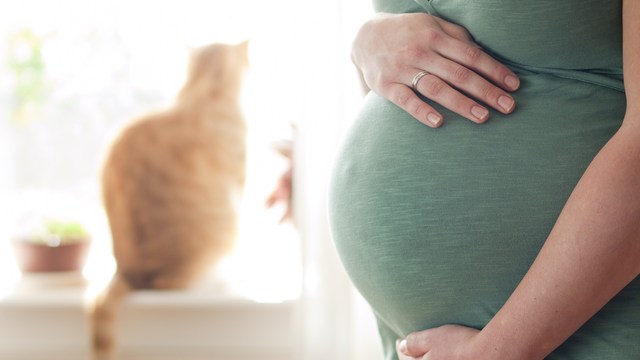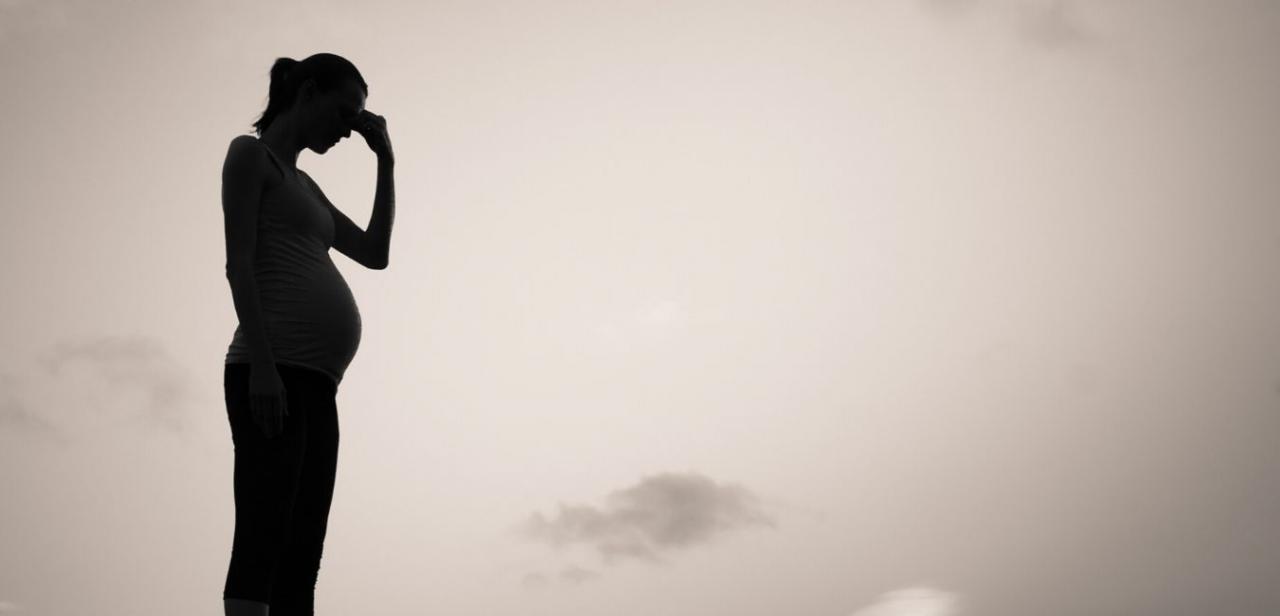That’s correct. One out of every three babies born in the United States is born by Cesarean section, a 50% jump from the last decade.
That means if you and two of your friends are pregnant, odds are that one of you will have a C-section.
"We think the rate is going to go up even more," Hope Ricciotti, M.D., associate professor of obstetrics, gynecology, and reproductive biology at Harvard Medical School in Boston, told CNN Health.
An excerpt:
“When the procedure is needed -- when the mother or baby is in distress or other factors make a vaginal delivery hazardous -- it can be a lifesaver. But only about 5 percent of C-sections are true emergencies, estimates George Macones, M.D., chairman of the depart¬ment of obstetrics and gynecology at the Washington University in St. Louis School of Medicine, in Missouri. Around 3 percent are completely elective, meaning there's no medical reason whatsoever, but the vast majority of C-sections actually fall into a gray zone: the baby looks big, mom is past her due date, labor isn't progressing well.”
http://www.cnn.com/2009/HEALTH/11/11/caesarean.section.risks/index.html
This is a new story, and yet it’s not. The rate has increased in every decade. Part of it is because our technology is better, the story says – we have the ability to detect problems earlier and in more detail. There are also older moms, more overweight moms and more multiple births. There are more labor inductions, which more often result in C-sections. More women are scheduling C-section deliveries ahead of time, some due to necessity, others to convenience. Malpractice concerns play a part.
And once you have a C-section, you are more likely to have others. So there’s a domino effect.
In 2007, the Today show’s Natalie Morales interviewed Dr. Judith Reichman about the rise in C-sections:
“The high rate is pretty much an American issue,” Reichman said. “The latest statistics (reported in the New England Medical Journal) are that the Cesarean delivery rate is this country is greater than 30 percent. This means that over 1.2 million births a year are performed with abdominal surgery. The highest rate of Cesarean delivery — 35 percent — has been reported in New Jersey for the year 2000 (and the number is now probably higher). Compare this to the rate of 15 percent recommended by the World Health Organization. WHO haS found that Cesarean delivery rates, which exceed 15 percent “offer no population health benefits.”
Here’s a link to that full interview:
http://www.msnbc.msn.com/id/17796664/
Let’s say you’re pregnant with your first child. You don’t expect any complications, but you worry about them. What should you know going into labor and delivery, other than what to expect from a normal vaginal delivery?
EmpowHer has an overview page full of information about the procedure, as well as individual women’s stories about their own experiences.
Here’s our EmpowHer encyclopedia page on exactly how a C-section takes place, with details and a diagram:
https://www.empowher.com/media/reference/cesarean-birth
And here’s an EmpowHer video from Dr. Philip Darney, a Professor of Obstetrics, Gynecology and Reproductive Sciences at the University of California, San Francisco (UCSF) and Chief of Obstetrics and Gynecology at San Francisco General Hospital:
https://www.empowher.com/media/video/video-dr-darney-caesarean-section-why-are-many-women-giving-birth-method
Here’s an about.com page on the differences in recovery between vaginal birth and C-section, and the timing of subsequent pregnancies:
http://womenshealth.about.com/cs/pregnancy/a/postpregbook_2.htm
And for women who are hoping to have a vaginal birth after a C-section (VBAC), here’s the Mayo Clinic’s guide. The page says that 60 to 80 percent of women who attempt a VBAC are successful, and includes a complete guide to the choices and the risks:
http://www.mayoclinic.com/health/vbac/VB99999
SHARE YOUR EXPERIENCE
At EmpowHer, we think there is nothing more powerful (and educational) than other women’s stories. Did you have an unexpected C-section delivery? What was the reason?
Or, did you schedule your delivery ahead of time? And if you had another child, did you try for a vaginal birth after your C-section?
What would you tell pregnant women who are exploring this issue for the first time?






Add a CommentComments
There are no comments yet. Be the first one and get the conversation started!